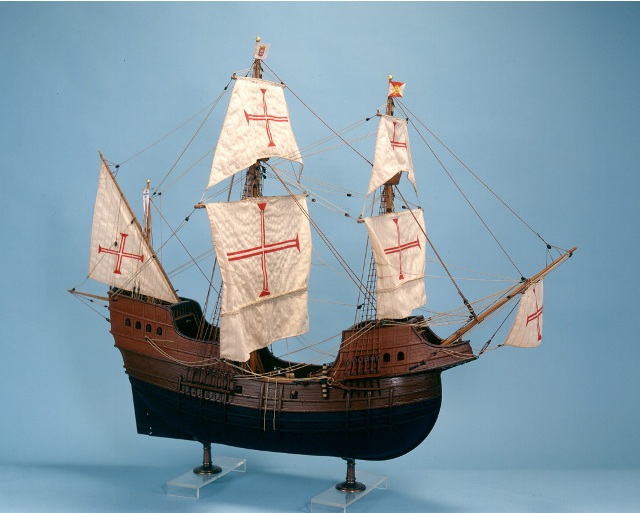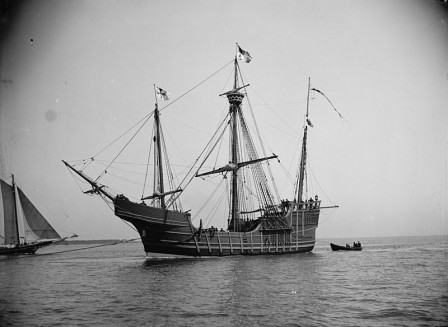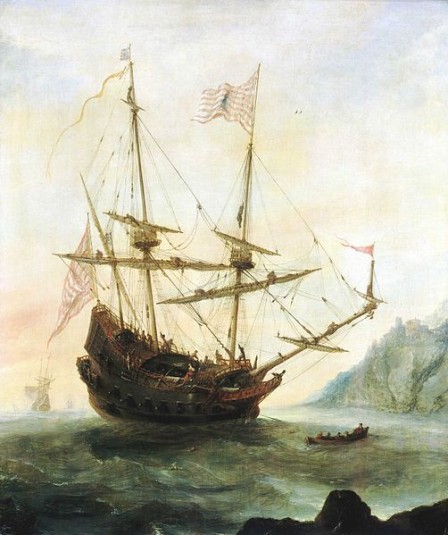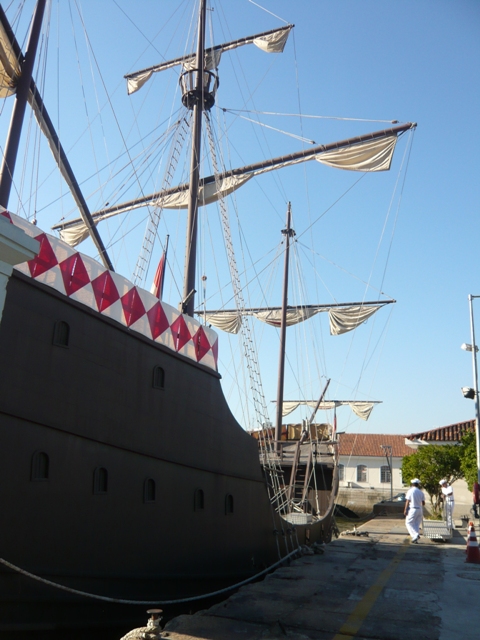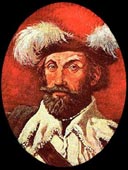Carrack
In “The Fortuitous Meeting”, the Spaniard-turned-native Piraju tells Gerard, “I was a sailor on the Spanish carrack Madre de Dios, which shipwrecked here in All Saints’ Bay in 1535.”
The carrack (“nau” in Portuguese) was one of the most important ships during the Age of Discovery. It had three or four masts, and used a combination of square-rigged and lateen-rigged sails.
Vasco de Gama’s Nau São Gabriel
(Source: http://museu.marinha.pt)
Much larger larger than its predecessors, the caravel and round caravel, the carrack displaced up to 600 tons. This allowed it to carry more weight, making it suitable for longer exploration voyages, for trade, and for war.
Both the carrack and caravel were used by explorers like Cabral, de Gama, Magellan, and Columbus.
Replica of Christopher Columbus’s Carrack Santa Maria, 1904
(Source: Wikimedia Commons)
The Santa Maria at anchor, Andries van Eertvelt
(Source: Wikimedia Commons)
The carrack was succeeded by the galleon, a ship with up to two times the displacement. However, the carrack continued to be used into the seventeenth century.
For a technical discussion of the carrack, Rick Spilman recently wrote an excellent article entitled Spec Tech: Designing a Ship for a Fantasy Novel.
Replica of Pedro Cabral’s flagship
(Photo by Christopher Kastensmidt)




